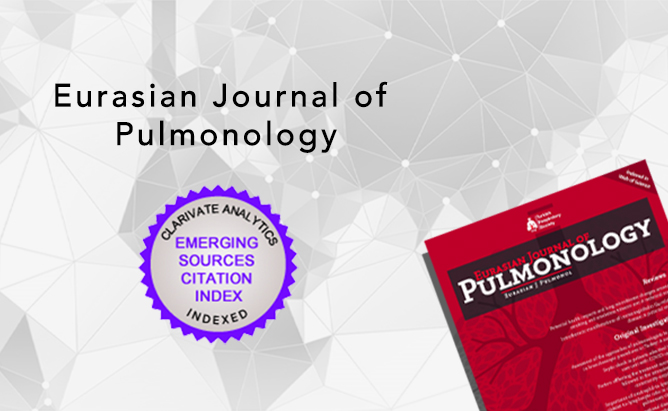2Department of Anaesthesiology and Reanimation, Kartal, Dr. Lütfi Kirdar Training and Research Hospital, University of Health Science, Istanbul, Turkey
Abstract
BACKGROUND: Pneumonia developing in the community is defined as community-acquired-pneumonia (CAP) and causes serious mortality. We aimed to investigate the characteristics and factors affecting the treatment success of severe CAP patients in the intensive care unit (ICU).
MATERIALS AND METHODS: Demographic characteristics (age and gender), presence of comorbidity, duration of ICU and intubation, laboratory data, chest X-ray findings, mechanical ventilation (MV) supports, presence of sepsis, septic shock, requirement of inotropic, reintubation, tracheostomy, microbiological etiology in cultures, nutritional characteristics, and mortality of 121 CAP cases who were admitted to our ICU within 4 years were recorded retrospectively. Pneumonia severity index, predisposition, infection, response, organ dysfunction (PIRO), confusion, urea, respiratory rate, blood pressure-Age (CURB-65), and Acute Physiology and Chronic Health Evaluation II (APACHE II) scores were examined.
RESULTS: Mortality in male gender was found to be higher (P = 0.009). It was determined that the nonsurvivor patients stayed longer in the ICU (P = 0.006). Mortality rate was higher in patients with bilateral and multilobar infiltration (P < 0.001), pleural effusion (P = 0.001) on chest X-ray, who were admitted to the ICU as intubated (P = 0.01), and who required MV (P < 0.001) and tracheostomy (P = 0.002). Statistically significant relationship was found between duration of intubation (P = 0.01), presence of sepsis (P < 0.001), and septic shock (P = 0.003) on admission to ICU and mortality. Only, a positive correlation between procalcitonin (PCT) and negative correlation between SaO2 (P = 0.03) and pH (P = 0.009), pO2 (P = 0.006) in arterial blood gas from the laboratory values on admission to ICU and mortality was determined.
CONCLUSIONS: It was concluded that male gender, intubation, tracheostomy, supports of MV and inotropic, presence of sepsis, septic shock and multilobar, bilateral infiltration and pleural effusion on chest X-ray, low levels of pH, pO2, SaO2, and SpO2 may be factors affecting mortality in CAP patients in the ICU, PCT values, APACHE II, CURB-65, and PIRO scores can be used as a marker to predict mortality.




 Nihan Çetin1
Nihan Çetin1 




